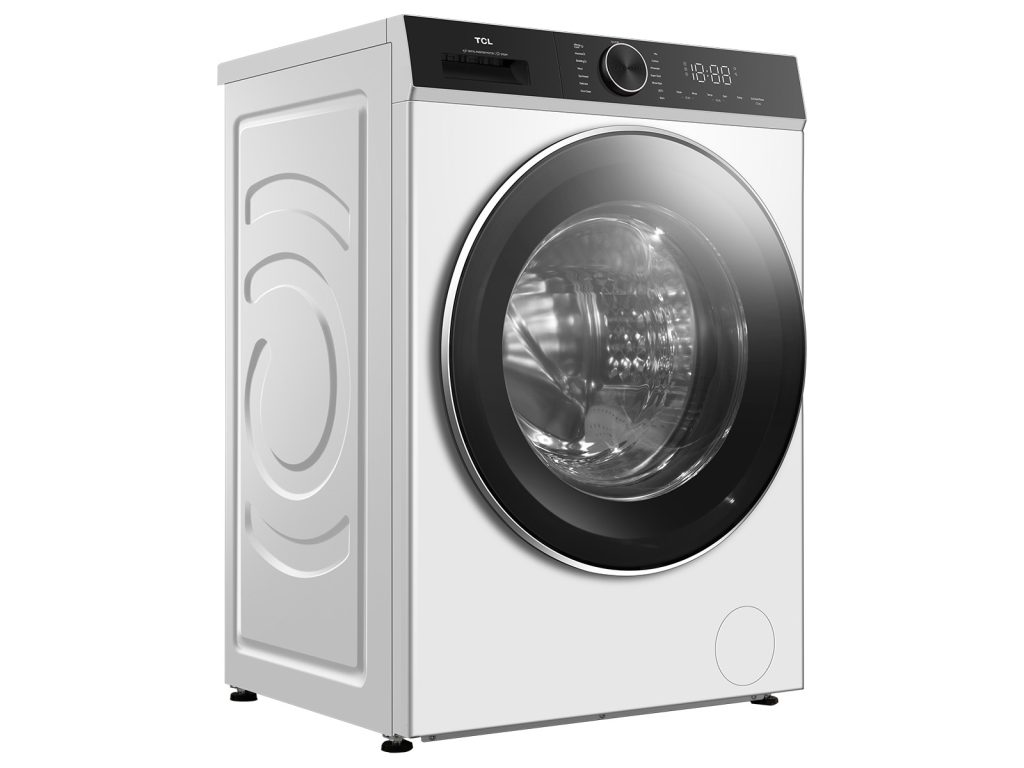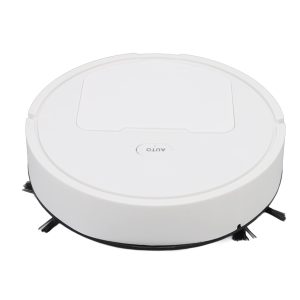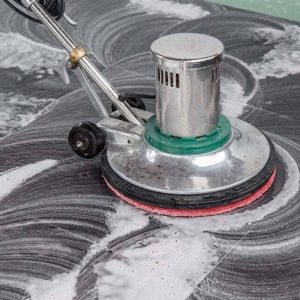What is a Washing Machine? How It Works, Applications, and Safe Usage

1. What is a Washing Machine?
A washing machine is a household appliance designed to automate the process of cleaning clothes. It uses water, detergent, and mechanical agitation to remove dirt and stains from fabrics efficiently. Washing machines have become an essential part of modern households, saving time and effort compared to traditional handwashing methods.
Types of Washing Machines
There are several types of washing machines available in the market, including:
- Top-Loading Washing Machines: These machines have a lid on the top and are generally more affordable and easier to use.
- Front-Loading Washing Machines: These are energy-efficient and use less water, making them an eco-friendly option.
- Semi-Automatic Washing Machines: Require manual intervention to move clothes between washing and drying tubs.
- Fully Automatic Washing Machines: Handle washing and drying without the need for user intervention.
Common Uses of Washing Machines
- Cleaning clothes efficiently and quickly
- Removing stains and odors from fabrics
- Saving time and reducing manual effort
- Maintaining fabric quality with gentle wash cycles
2. How Does a Washing Machine Work?
Washing machines operate using a combination of water, detergent, and mechanical movement to clean clothes. The process generally follows these steps:
Key Components of a Washing Machine
- Drum/Tub: The main compartment where clothes are placed.
- Agitator/Pulsator: Creates movement in the water to help remove dirt.
- Motor: Powers the drum’s rotation.
- Water Inlet Valve: Controls the flow of water into the machine.
- Drain Pump: Removes dirty water after washing.
- Control Panel: Allows users to set wash cycles and preferences.
Washing Process
- Filling: Water enters the drum along with detergent.
- Agitation: The drum rotates or oscillates to remove dirt from clothes.
- Rinsing: Clean water is introduced to remove detergent residue.
- Spinning: Excess water is extracted by rapidly spinning the drum.
- Drying (if applicable): Some machines offer drying functions to further reduce moisture.
3. Where Are Washing Machines Used?
Washing machines have a wide range of applications beyond just home use. They are essential in various settings, including:
Household Use
- Used in homes for daily laundry needs.
- Helps maintain hygiene and clothing freshness.
Commercial Use
- Laundromats and dry-cleaning services rely on industrial washing machines.
- Hotels and hospitals use them for bulk laundry processing.
Industrial Use
- Large-scale factories and textile industries use industrial washing machines for fabric processing and dyeing.
4. How to Use a Washing Machine Safely
Proper usage of a washing machine ensures safety, efficiency, and longevity. Here are some essential tips:
Safe Usage Guidelines
- Read the User Manual: Follow manufacturer instructions for optimal performance.
- Check Clothes Labels: Some fabrics require specific wash settings.
- Avoid Overloading: Overloading can cause mechanical damage and inefficient cleaning.
- Use the Right Detergent: Different machines require different types of detergents (e.g., HE detergents for high-efficiency machines).
- Keep the Machine Clean: Regularly clean the drum and detergent compartments to prevent mold and bacteria buildup.
- Unplug When Not in Use: Disconnect the power supply when the machine is not in use to prevent electrical hazards.
- Supervise Children’s Access: Ensure children do not play near or inside washing machines.
Maintenance Tips
- Clean the lint filter regularly.
- Inspect water hoses for leaks or damage.
- Ensure the machine is placed on a level surface to prevent excessive vibrations.
Conclusion
A washing machine is an essential appliance that simplifies laundry tasks for households and businesses alike. Understanding how it works, where it is used, and how to operate it safely ensures efficiency, longevity, and safety. By following proper guidelines, users can maximize the benefits of their washing machine while minimizing risks and maintenance issues.







